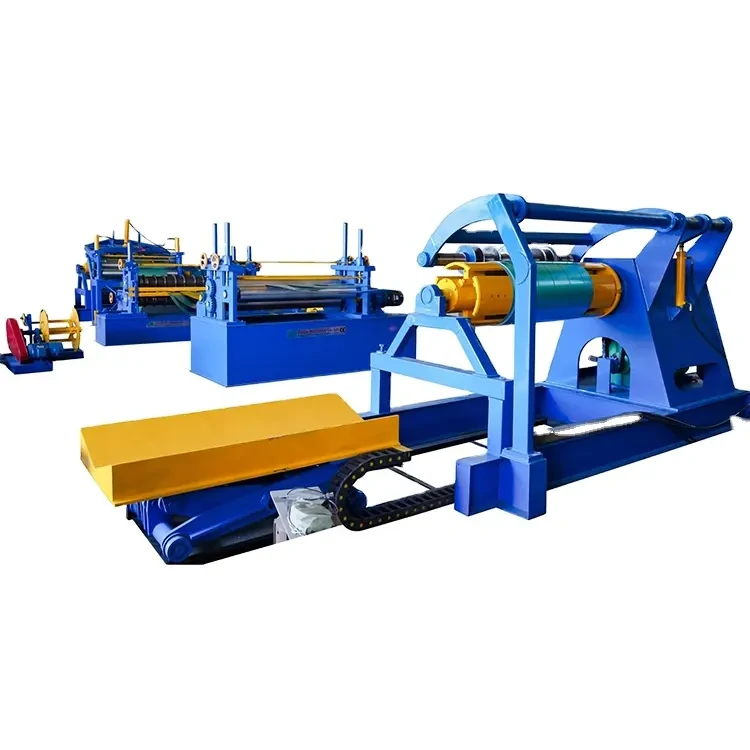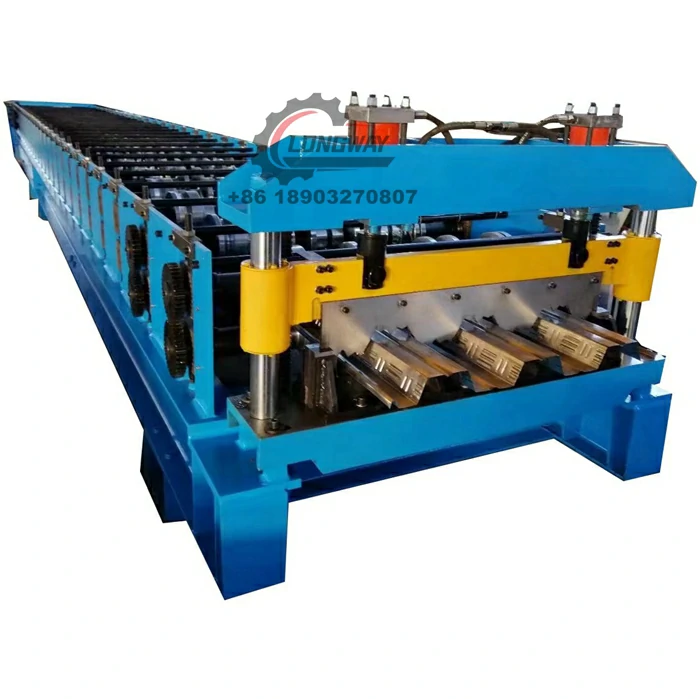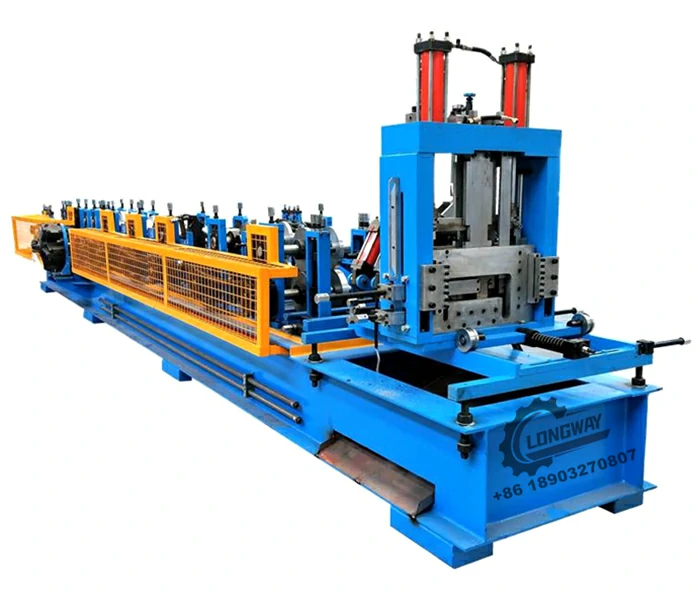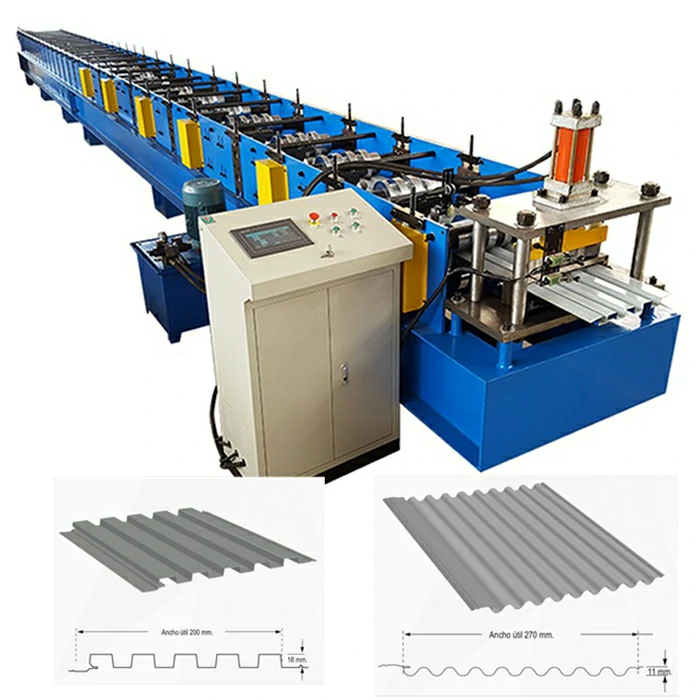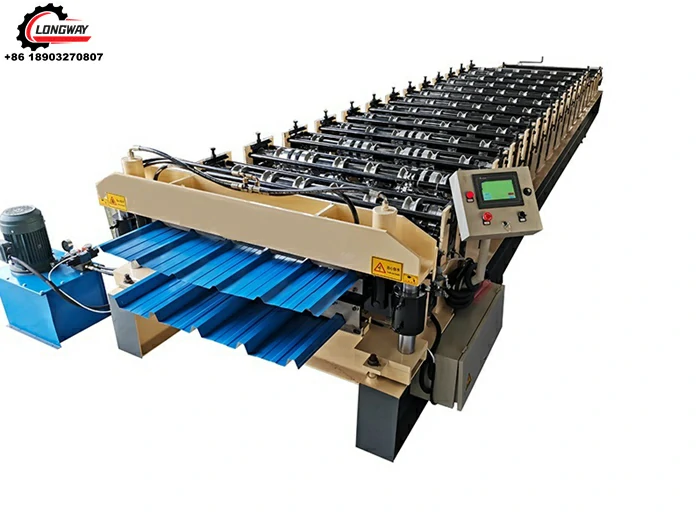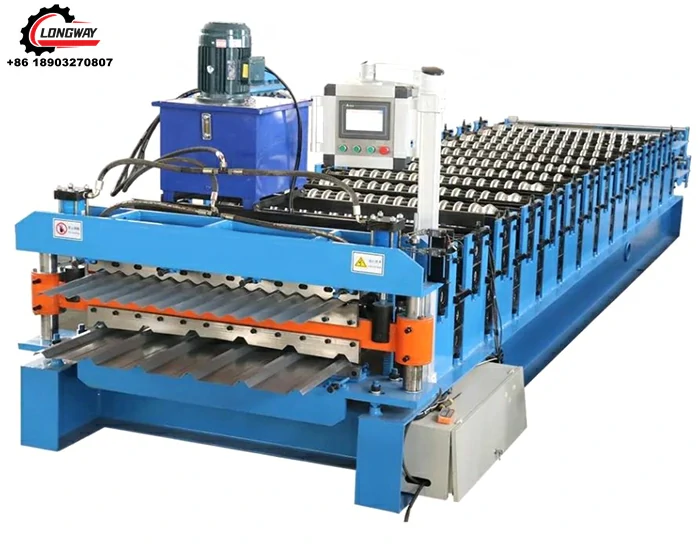Versatile Rack and Roll Forming Machine for Efficient Metal Fabrication and Custom Solutions
The Rack Roll Forming Machine Revolutionizing Metal Fabrication
In the modern manufacturing landscape, efficiency and precision are paramount, especially in the production of components used in various industries. One of the remarkable innovations in this realm is the rack roll forming machine, a powerful tool designed to create high-quality metal racks through a continuous manufacturing process. This article delves into the functionality, benefits, and applications of the rack roll forming machine, illuminating its significance in today's manufacturing processes.
Understanding Roll Forming
Roll forming is a process that involves feeding a long strip of metal through a series of rollers, each reshaping it into a desired cross-sectional profile. The rack roll forming machine is specifically engineered to produce rack profiles that are commonly used in warehouses, data centers, and manufacturing facilities for storing and organizing goods efficiently. The process allows for the creation of accurately dimensioned components that require minimal finishing work.
Key Features of Rack Roll Forming Machines
Rack roll forming machines are characterized by their robust construction and advanced technology. Typically, these machines feature
1. High-precision Rollers Each roller in the machine is meticulously designed to ensure that the metal is shaped to the exact specifications needed, resulting in uniformity and precision.
2. Customizable Profiles Manufacturers can create a wide range of rack designs, accommodating varying needs. This flexibility allows for the production of racks for heavy-duty applications or lighter uses.
4. Durability Constructed from high-grade materials, these machines are designed for longevity and can withstand the rigors of continuous operation.
rack roll forming machine
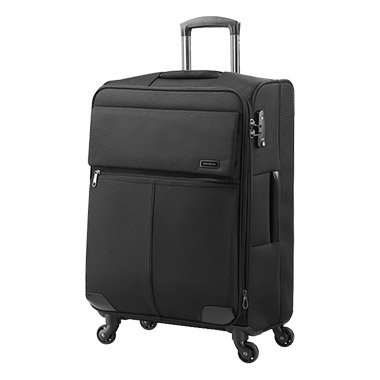
Advantages of Using Rack Roll Forming Machines
The integration of rack roll forming machines into manufacturing lines brings several advantages
1. Cost-Effectiveness By minimizing waste and maximizing the use of raw materials, these machines ultimately lower production costs. The continuous nature of roll forming also speeds up manufacturing times.
2. Consistency in Quality With automated controls and precise roller designs, manufacturers can achieve a high level of consistency across large production runs, ensuring that every piece meets quality standards.
3. Versatility The ability to create various rack designs means that businesses can adapt quickly to changing market demands. Whether it’s a standard rack or a custom solution, the machine can accommodate different specifications.
4. Enhanced Structural Integrity The roll forming process imparts a strong structure to the racks, making them more durable and capable of withstanding heavy loads, which is particularly important in industrial settings.
Applications in Various Industries
The utility of rack roll forming machines spans multiple sectors. In logistics and warehousing, they are used to construct storage racks that facilitate efficient inventory management and easy access to products. In the automotive industry, these machines help create components that are integral to vehicle assembly. Additionally, in data centers, roll-formed racks support the heavy infrastructure needed for servers and networking equipment.
Conclusion
The rack roll forming machine represents a significant advancement in metal fabrication technology. By combining efficiency, precision, and versatility, it has become an indispensable tool in various manufacturing industries. As production demands continue to evolve, the importance of such innovative machinery will only grow, ensuring that manufacturers can meet the needs of a fast-paced market while maintaining high standards of quality and efficiency.
-
Roof Panel Machines: Buying Guide, Types, and PricingNewsJul.04, 2025
-
Purlin Machines: Types, Features, and Pricing GuideNewsJul.04, 2025
-
Metal Embossing Machines: Types, Applications, and Buying GuideNewsJul.04, 2025
-
Gutter Machines: Features, Types, and Cost BreakdownNewsJul.04, 2025
-
Cut to Length Line: Overview, Equipment, and Buying GuideNewsJul.04, 2025
-
Auto Stacker: Features, Applications, and Cost BreakdownNewsJul.04, 2025
-
Top Drywall Profile Machine Models for SaleNewsJun.05, 2025

